Nuova Cmme Bergamo
How to apply thermography correctly
In order to interpret thermal images correctly, it is necessary for the operator to know how different materials and circumstances affect the temperature readings of thermal imaging cameras. Some of the most important factors affecting temperature readings are:
Thermal conductivity
Each type of material has specific thermal properties. For example, insulating materials tend to heat up slowly, while metals heat up quickly. In certain situations, the different thermal conductivity of two materials can cause large temperature differences.
Emissivity
To read the correct temperatures, an important factor, known as emissivity, must be considered. Emissivity is the degree of efficiency in the emission of infrared radiation by an object and depends strongly on material properties.
It is extremely important to set the correct emissivity in the thermal imaging camera to ensure the correct temperature readings.
Reflections
Some materials reflect thermal radiation in a similar way that a mirror reflects visible light. An example is metals with a shiny finish, such reflections can cause misinterpretation of thethermal image, for example, the reflection of the operator’s own thermal radiation can cause a false hot spot. The operator must then carefully choose the angle at which to point the thermal imaging camera so as to avoid these reflections.
If the surface of the material has a low emissivity and there is a large temperature difference between the object and the environment, the reflection of the ambient temperature will affect the camera readings.
A good method to ensure proper emissivity settings. is to use a piece of tape with known emissivity also called a “calibration tape,” affix it to the surface of the object for a few minutes so that it takes on the surface temperature of the object, the operator can then adjust the emissivity settings (and reflected temperature if applicable) so that the temperature reading is the same as taken just before on the calibration tape.
Weather conditions
Environmental temperatures can significantly affect thermal mappings. High ambient temperatures can create hot spots by heating the entire object; the phenomenon is reversed with cold outdoor temperatures.
For example, direct sunlight can have a significant impact; in addition, direct sunlight and shadows can affect the thermogram of a surface even many hours after sunlight exposure has ended.
This conformation generated by sunlight should not be confused with that generated by heat transfer.
Another environmental factor to consider is wind. Air flows cool material surfaces, reducing temperature differences between hot and cold areas.
Another factor that can obviously make thermal inspections useless is rain, cooling the surface of the material can obviously change the thermal conformation of the defective component.
Characteristics of the thermal imaging camera
There are six basic requirements that are important in choosing a good combination of thermal imaging camera, software and training:
- Thermal camera resolution/image quality
- Thermal sensitivity
- Accuracy
- Functions of the thermal imaging camera
- Software
- Training needs

 Italiano
Italiano